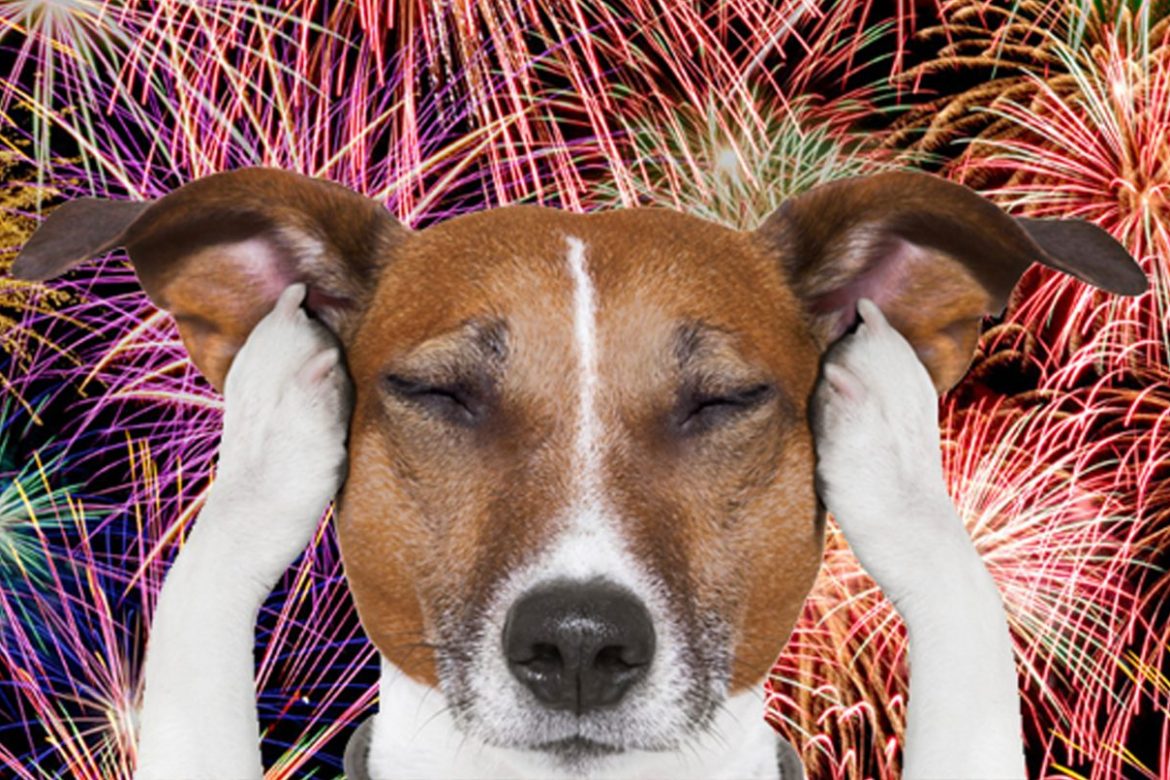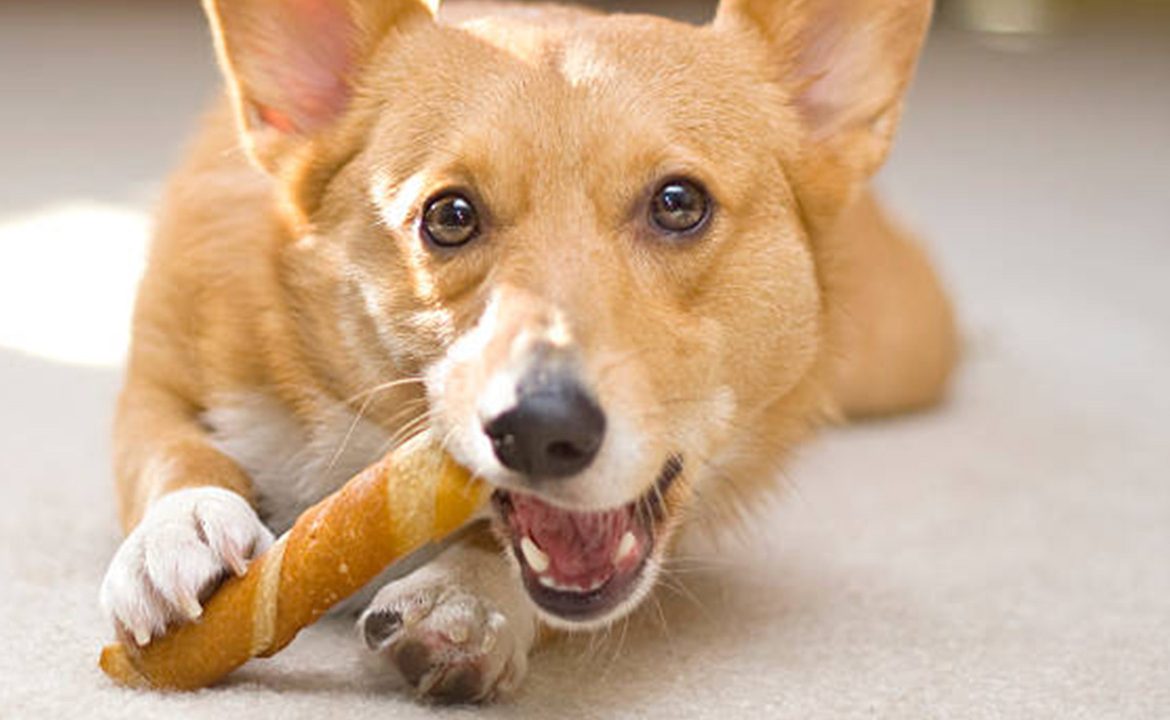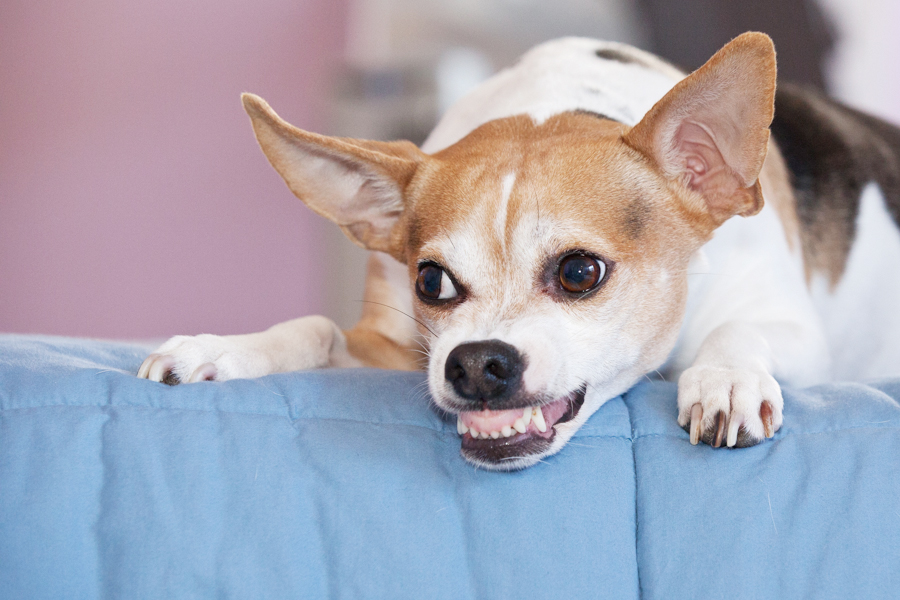Most of us think of the fifth of November as a time for fun, fireworks, warm hats & gloves and the coming together of loved ones in celebration.
It can truly feel like a magical time.
Before my teens, the internet wasn’t a huge thing at all yet! And now that it is – creating and spreading awareness is an integral part of society. It’s important to attach a responsibility to an action and think about the consequences of what a seemingly innocent activity is.
Fireworks are fun to watch (for most) but there are other things we, as pet owners, need to take into consideration in order to keep our pets feeling safe and happy.
For dogs, Bonfire night continues to be one of the most terrifying times of the year – which is so heart breaking. Already this month, concerned owners have started sharing pictures and videos of their terrified pets.
To put it simply – our gorgeous dogs just don’t know what the ‘heel’ is going on.
Animals have a more acute sense of hearing than humans and so perceive any loud noise as a threat.
Loud noises trigger the flight or fight instinct in a dog and therefore their anxiety is triggered massively.
This blog is going to shed some light on a few little things that you can do at home that will help calm your pet. You can start with prepping as much as you can. For example, feeding them and filling up the water bowls before the fireworks start as there is a chance that they won’t eat or drink when feeling distressed.
- Take them for a long walk earlier in the day
It is best to take your dog earlier on in the day and not after dark when the fireworks start. Nice long walks well help them to relax, burn some energy and feel more at ease when the noise starts.
- Don’t react to fireworks yourself
Dogs perceive fireworks as a threat so seeing their owners respond without fear will help keep them calm.
- Sound therapy – Get them used to loud noises
There are a lot of CDs, apps or video’s that you can play to your dog as you get closer to fireworks season then will help condition them into understanding that they are not under threat.
You can play the sound of fireworks whilst cuddling your pet, giving them treats or just generally doing something to positively reinforce the sound
- Muffle the sound of fireworks if you can
The RSPCA recommends that close your doors, windows and curtains to try to block out the sound as much as possible.
- Create a safe space for your dog
It is important that your pet has a safe space to run to once the loud noises start – whether that is in a cupboard or under furniture. Trying to coax your pet out during loud noise displays can actually cause more stress and anxiety so it is recommended to give them a moment in their space.
- A sleepover
If you are aware that your dog gets anxious and you know there are going to big fireworks displays near you – we’d recommend organising a sleep over for your dog at a friends or relatives house IF you know it is going to be much quieter.
We hope that some of these tips will help you and your pooch stay as calm as you possibly can. This time of year is all about helping dogs feel loved, positively in control of their environment and relaxed.




